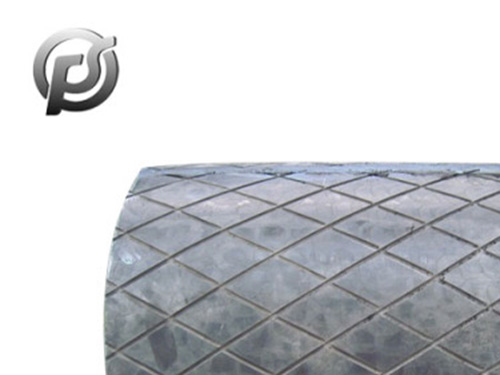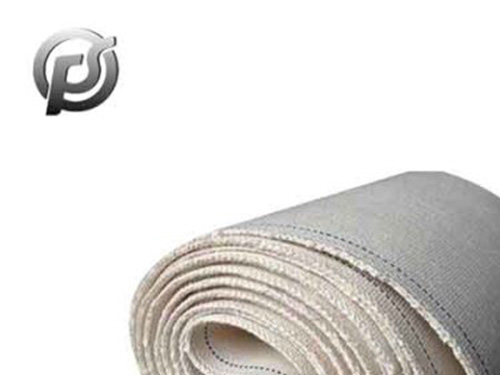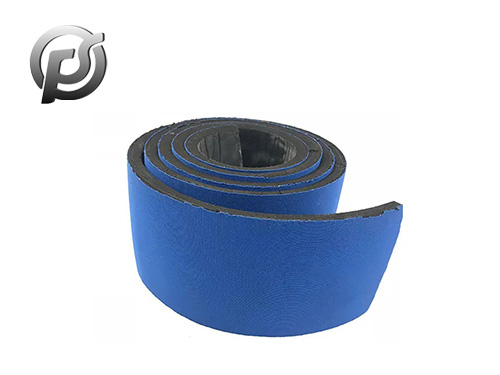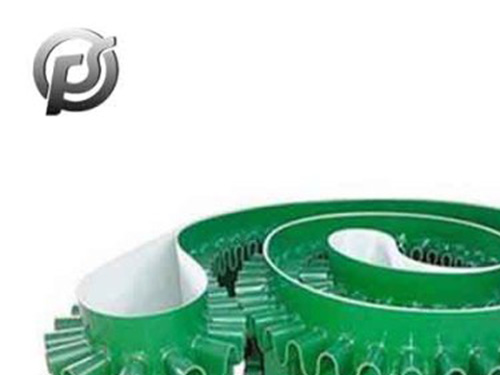Load and Capacity: Determine the required load and capacity of the
V type belt conveyor to ensure it can meet the needs of your project or workplace. This includes considering the type, weight, and handling capacity of the materials.
Conveyor Type: Understand different types of belt conveyors, such as flat roller belt conveyors, three-roller belt conveyors, idler belt conveyors, etc. Choose the type that suits your application requirements.
Belt Material: Select the appropriate belt material for your application, typically including options like rubber, PVC, PU, and metal. The belt material should be wear-resistant, corrosion-resistant, and compatible with the characteristics of the conveyed materials.
Drive Mechanism: Consider the drive mechanism of the V-belt conveyor, typically available in electric and hydraulic options. Choose the drive mechanism that suits your requirements and equipment configuration.
Conveyor Dimensions: Ensure that the dimensions of the V-belt conveyor fit within your workspace, including length, width, and height. You also need to consider the conveying height and angle.
Safety Features: Pay attention to safety features of the V-belt conveyor, such as emergency stop devices, anti-jamming mechanisms, guards, and protective devices to ensure the safety of operators.
Environmental Conditions: Consider the environmental conditions in which the conveyor will be used, including temperature, humidity, and corrosiveness. Choose durable materials and coatings that can withstand these conditions.
Noise and Vibration: Understand the noise and vibration levels of the V-belt conveyor to ensure that it won't cause unnecessary disturbances or harm to the workplace or operators.
Quality and Supplier: Choose a reputable supplier and inquire about their experience, customer reviews, and after-sales service. Ensure that the purchased V-belt conveyor is of reliable quality, and the supplier can provide support.
Cost and Budget: Establish a clear budget and consider operating costs, maintenance costs, and energy consumption to ensure that the total cost of the equipment is within an acceptable range.
After-Sales Service: Understand the after-sales service provided by the supplier, including maintenance, repair, and spare parts supply. Timely after-sales support is essential for the long-term reliability of the equipment.
Purchasing a
V-belt conveyor requires a comprehensive assessment of these factors to meet your specific needs and ensure the performance, safety, and reliability of the equipment. The final choice should be based on a balance between project requirements, quality, and cost-effectiveness.


 Exploring the Dynamics of Conveyor Belt Manufacturing in China
Exploring the Dynamics of Conveyor Belt Manufacturing in China
 PE Conveyor Belts: Characteristics, Applications, and Advantages
PE Conveyor Belts: Characteristics, Applications, and Advantages
 Stone Conveyor Belt: Enhancing Efficiency and Productivity in Material Handling
Stone Conveyor Belt: Enhancing Efficiency and Productivity in Material Handling